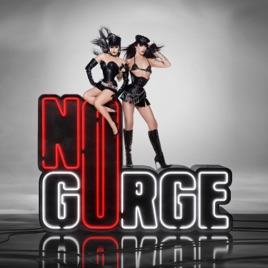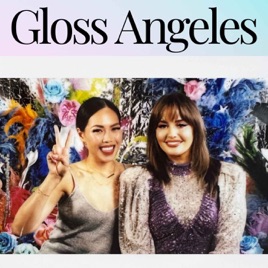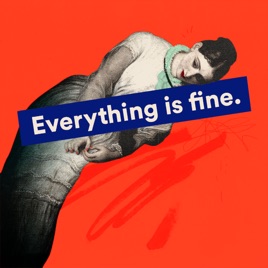Episode 212 Part 1: Inside Appraiser Jo Ellen Cole’s Extensive Jewelry Library
2023/11/15
What you’ll learn in this episode:
Which essential jewelry books you should have in your library Why books are so much more reliable than internet research when it comes to gemstones and jewelry Why the Renaissance opened up a new world of adornment An overview of the periods of jewelry and how they overlapped and influenced one another How cultural turning points, like World War II and the South African diamond rush, influenced what materials were used during different time periods
About Jo Ellen Cole
Jo Ellen Cole is the owner of Cole Appraisal Services and the director of fine jewelry at Abell Auctions. She earned her Graduate Gemologist Diploma at the Gemological Institute of America in Santa Monica and successfully passed the prestigious Gemological Association of Great Britain’s FGA examinations.
Additional resources:
LinkedIn Gemological and Jewelry Books for a Professional Library:
GEMOLOGICAL IDENTIFICATION BOOKS
Gemstones: Their Sources, Descriptions and Identification, Webster, Robert
Gem Testing, Anderson, Basil
Handbook of Gemstone Identification, Liddicoat Jr., Richard T.
Gem and Ornamental Materials of Organic Origin, Pedersen, Maggie Campbell
Gemstones of the World, Schumann, Walter
Photoatlas of Inclusions in Gemstones, Vols. 1, 2 and 3, Gubelin, Edward and Koivula, John
Color Encyclopedia of Gemstones, Arem, Joel
The Spectroscope and Gemmology, Anderson, Basil and Payne, James, edited by Mitchell, R. Keith
GENERAL REFERENCE
Gemology, An Annotated Bibliography, Sinkankas, John
The Complete Handbook for Gemstone Weight Estimation, Carmona, Charles
Dictionary of Gems and Gemology, Shipley, Robert
The Jewelers Manual, Liddicoat Jr., Richard T. and Copeland, Lawrence L.
Gemstone and Mineral Data Book, Sinkankas, John
DIAMONDS
Diamonds, Bruton, Eric
Diamond Cutting: Complete Guide to Cutting Diamonds, Watermeyer, Basil
Famous Diamonds, Balfour, Ian
Hardness 10, Vleeschdrager, Eddy
Diamond Handbook, Newman, Renee
Laboratory Grown Diamonds, Simic, Dusan and Deljanin, Branko
Fluorescence as a Tool for Diamond Origin Identification – A Guide, Chapman, John, Deljanin, Branko and Spyromilios, George
PEARLS
Book of the Pearl, Kunz, George F. and Stevenson, Charles Hugh
Pearls, Strack, Elizabeth
Beyond Price, Donkin, R.A.
JADE
Jade, A Gemmologist’s Guide, Hughes, Richard
Jade For You, Ng, John Y. and Root, Edmund
COLORED STONES
Ruby and Sapphire, Hughes, Richard
Emerald and Other Beryls, Sinkankas, John
Opal Identification and Value, Downing, Paul
JEWELRY HISTORY
Brilliant Effects, Pointon, Marcia
Understanding Jewelry, Bennett, David, and Mascetti, Daniella
Jewelry in America, Fales, Margha Gandy
Victorian Jewellery, Flowers, Margaret
Transcript:
In appraiser Jo Ellen Cole’s opinion, the best thing a jewelry lover can have is a well-stocked library. Information on gems and jewelry abounds online today, but much of that information is incorrect. For that reason, Jo Ellen—a Graduate Gemologist who also passed Gem-A’s FGA examination—turns to books when she has a question about a specific piece, hallmark or stone. She joined the Jewelry Journey Podcast to share which books she recommends for every jewelry interest; how jewelry trends shifted over the years due to cultural forces; and how to quickly identify the characteristics of different jewelry periods. Read the episode transcript here.
Sharon: Hello, everyone. Welcome to the Jewelry Journey Podcast. This is the first part of a two-part episode. Please make sure you subscribe so you can hear part two as soon as it’s released later this week.
I met Jo Ellen about six or seven years ago when I was studying for the GG, or the Graduate Gemology degree. In order to pass it, I needed to identify about 18 stones and get them all right, and I only had three chances to do that. This was daunting to me because I’m not a science person; I’m not a math person or
more














